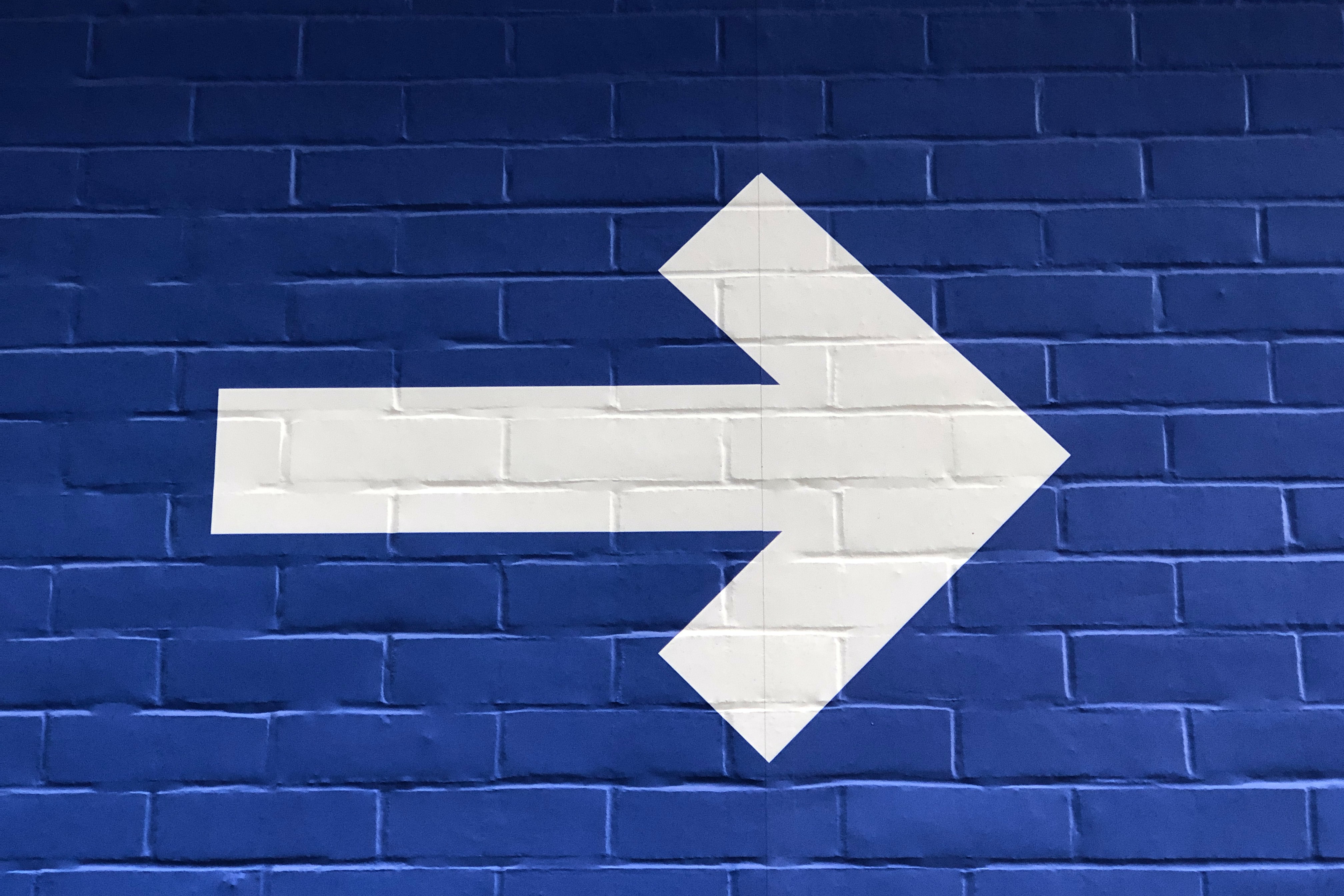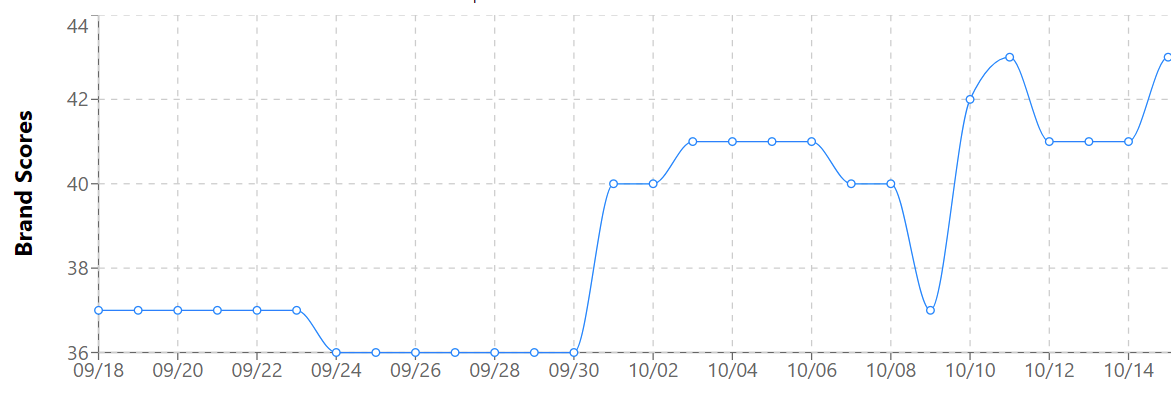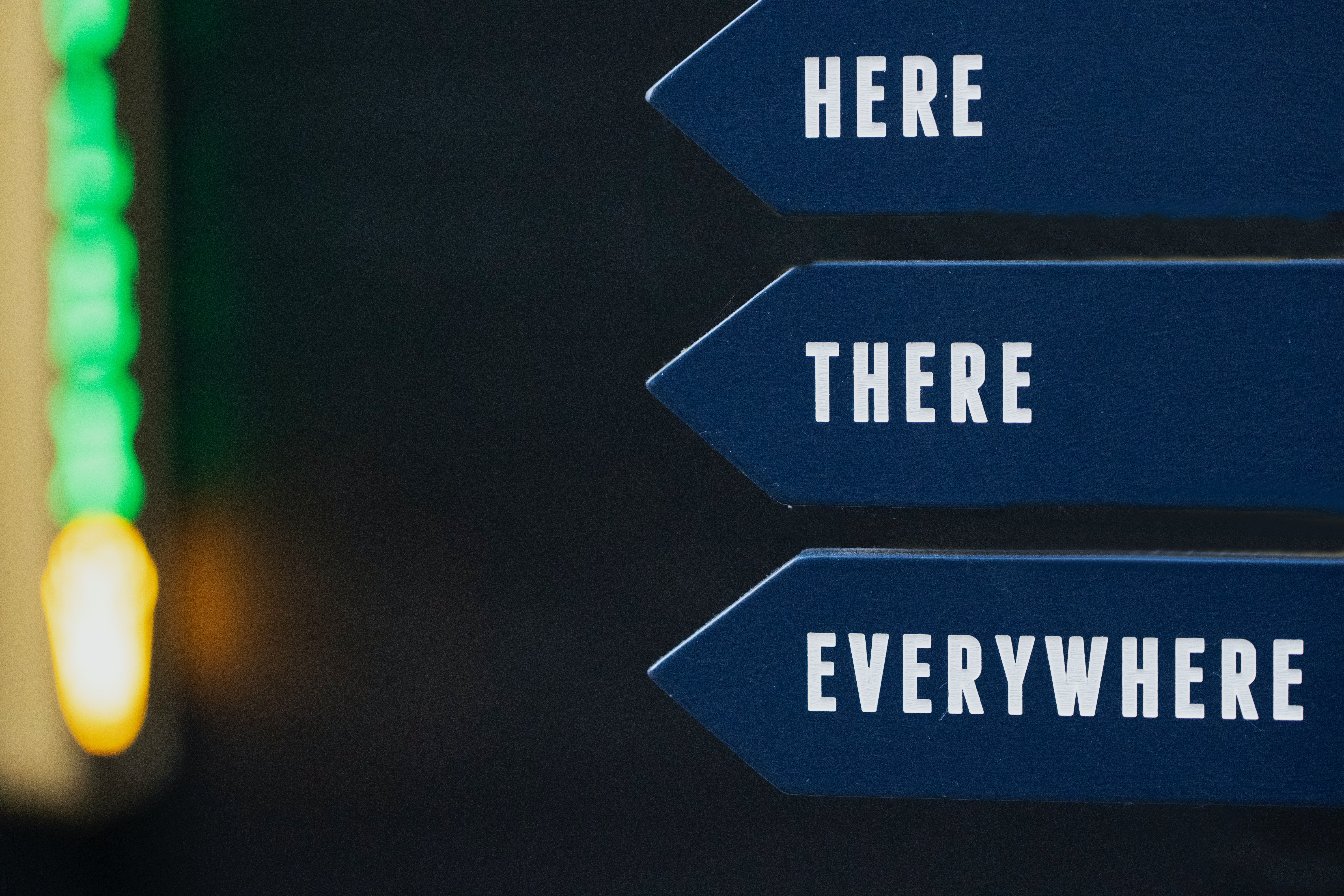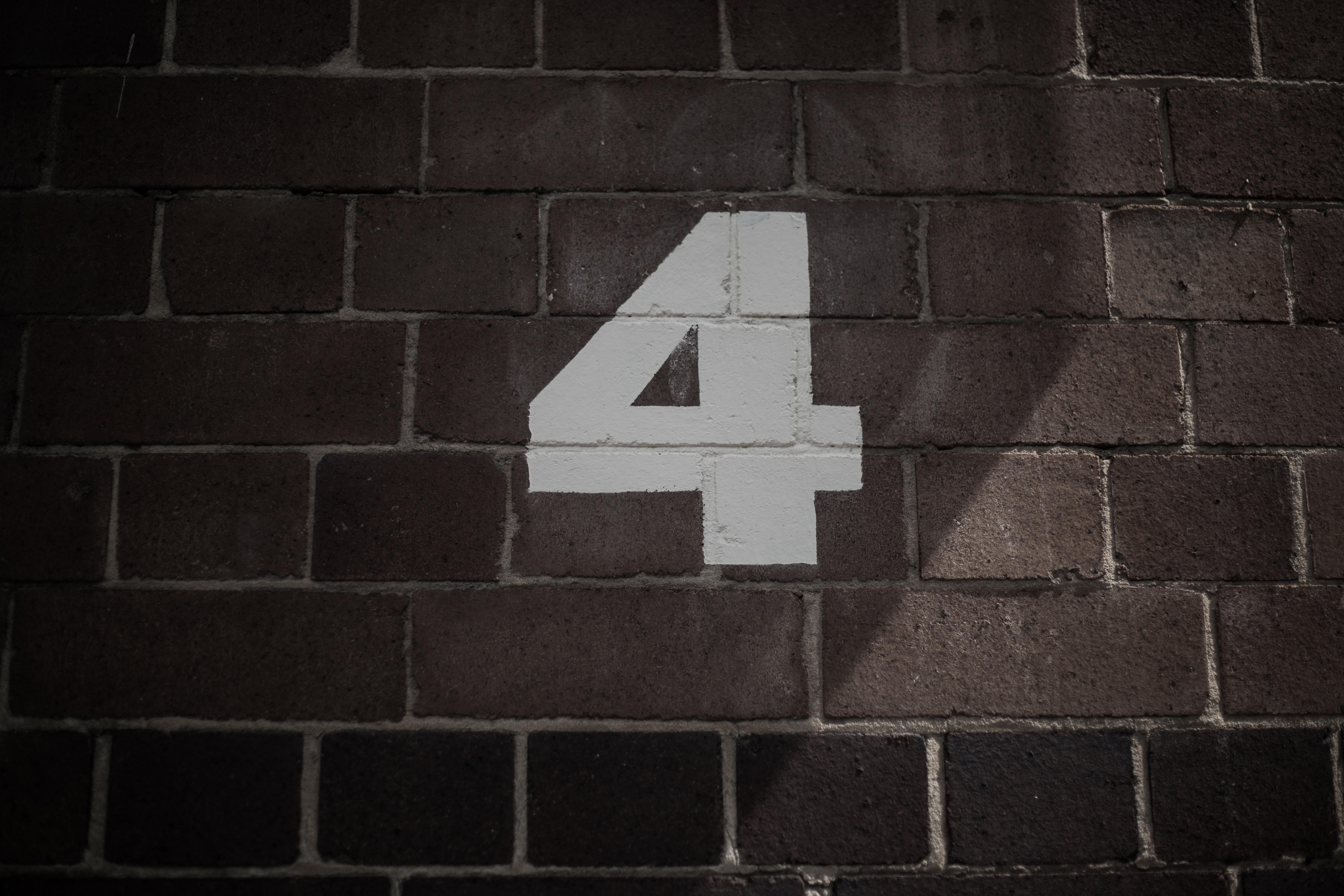Brand Attention
4 minute read
"Marketing is a contest for people's attention." - Seth Godin
Brand attention refers to the level of interest and intrigue a brand is generating. Brands with high attention scores stimulate purchase intent and ultimately make more sales.
Why does brand attention matter?
If brand discoverability on digital channels (brand presence) is the engine to driving sales, then brand attention is the fuel. The digital landscape is more saturated than ever, as brands across categories struggle to win their share of presence. Content marketing pieces are predictable, digital advertising campaigns are rarely memorable, and the ways brands present themselves to buyers are seldom differentiated. The digital sea of sameness has caused buyers to mentally tune out, denying brands of buyers' most treasured resource - their attention. Brands that win customer attention rise above the digital noise, grow more presence faster, are more easily remembered, and turn people into voluntary brand advocates. Attention is the starting point of marketing - if customers aren't even listening, nothing else brands do will make any difference.
How can you create and nurture brand attention?
Before we can answer the question of how brand attention is created, we must first paint a picture of what high brand attention looks like. Several examples of brand attention leading indicators include a high amount of third party mentions (i.e. industry publications talking about the brand on their own accord, without typical PR-triggering events such as product launches), a high amount of social media engagement, online customer advocacy (customers commonly mentioning the brand on Instagram) and long dwell times on the brand website.
Two key elements are differentiation and superiority. Behavioral science supports the notion that the way brands capture attention and break the established mental patterns customers are detached from (formed from the "sea of sameness" of brands in the digital world) is to be radically different - whether that be in the core of what brands inherently are (differentiated product or business model), different in the way they look and communicate (brand identity), or anything else. The "superiority" part of the equation deals with the question of "How do brands not only win attention but keep it for the long run and build on it?". This operates on the principle that customers are mentally and emotionally invested in brands that not only meet their needs but exceed them consistently. Superiority applies broadly: superior product, superior customer service, higher relevance of online content, or anything else, based on what the category standards are.
An example of this is Liquid Death, a commodity brand (canned water) that managed to capture lion's share of digital brand attention from the established category leaders that have 10x their marketing resources, based on radically differentiated brand identity. The fact that we're even talking about them in this article is proof of that!
Paul Feldwick's book, "The Anatomy of Humbug" categorizes the attention-grabbing techniques into several categories including:
- Salesmanship - going beyond 'rational persuasion' by invoking emotions and intrigue
- Seduction - luring with compelling affinities
- Salience - staying omnipresent and on top of mind
- Social Connection - communication that builds a relationship
- Spin - the construction of a shared reality or 'shaping the truth'
- Show Business - delivering flair and entertainment in exchange for attention
Marketers often see the word of mouth and various other forms of earned media as one of the strongest drivers of rising above the digital noise. While this sentiment is true, it's not a strategy in and of itself (as it's commonly misinterpreted to be) - it's a byproduct of combining attention-grabbing techniques with differentiation and brand superiority. The combination feeds into a brand attention growth loop - generating continuous fuel for the brand.
How do you measure brand attention?
Despite attention being a well known and embraced concept for marketing success, it was never properly measured. Unlike other industries where important concepts are quantifiable and agreed upon, brand attention never had a metric, nor a measurement process that is equally as accurate and transparent.
For that reason, most marketers and brand analysts relied on various proxies, leading indicators, or business outcomes to measure brand attention. With the rise of available data came the rise of more measurement accountability. Marketers predominantly relied on surveys and one-on-one customer interviews as their preferred measurement method. This trend continued even with the abundance of digital metrics available at their disposal. Marketers who relied on surveys found the measurement method to be ineffective because it's prone to research biases and it's also hard to scale. The other large segment of marketers who instead used digital metrics as their go-to method found it to be inefficient, due to the gap between available channels and metrics to source brand attention measurement data from, and the time and energy needed to manually collect this data and ultimately process it across organizational silos.

These problems are solved with BrandOps - a SaaS platform that uses AI and cloud computing to aggregate countless brand attention data points and metrics across channels in real-time, making the tracking process efficient and scalable. We call this model "Share of Attention". Share of Attention, powered by our AI scoring system, overcomes the limitations of measuring only a handful of metrics placed on human brand analysts by measuring all metrics associated with brand attention, giving it a final score on an aggregate level. What's more, brand analysts can use Share of Attention to look past the aggregate brand attention score and dive deep into brand attention performance on the individual channel levels, should they decide to do so. For brand analysts who prefer to mix up qualitative data with quantitative data, BrandOps supports a BYOD (Bring Your Own Data) model, which allows the brand analyst to input customer survey data into our system, feeding into the Share of Presence AI scoring system.
The conclusion
Brand attention, as a metric and as a concept is the centerpiece of what marketing is all about. The level of attention a brand is able to capture determines how many customers consider the brand, how many become intellectually invested in it, and whether or not the brand is able to win more digital presence. Capturing brand attention in the digital era we live in demands more from brands than ever before. It cannot be inherited, it cannot be stolen, it cannot be (entirely) bought - as we've seen with big companies that still lose the attention battle to small, underdog brands. It demands more creativity, better fulfillment of brand promises, better products, and ultimately, better measurement methods. Quality still prevails, a state in which we believe everyone is better off.
We hope this blog post has helped you demystify the concept of brand attention and how to maximize it. If you wish to learn about a better way to measure and improve brand attention, schedule a BrandOps demo with our team.
BrandOps is a unified brand tracking and measurement platform that provides marketing leaders with a continuous view
of marketing performance and pinpoints areas that need improvement.



